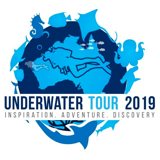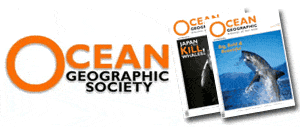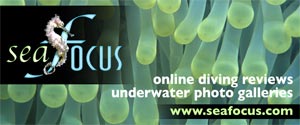- Home
- Directory
- Shop
- Underwater Cameras - Photographic Accessories
- Smartphone Housings
- Sea Scooters
- Hookah Dive Systems
- Underwater Metal Detectors
- Dive Gear
- Dive Accessories
- Diving DVD & Blu-Ray Discs
- Diving Books
- Underwater Drones
- Drones
- Subscriptions - Magazines
- Protective Cases
- Corrective Lenses
- Dive Wear
- Underwater Membership
- Assistive Technology - NDIS
- On Sale
- Underwater Gift Cards
- Underwater Art
- Power Stations
- Underwater Bargain Bin
- Brands
- 10bar
- AirBuddy
- Akona
- AOI
- Apollo
- AquaTech
- Atomic Aquatics
- aunoc
- AxisGo
- Backscatter Underwater Video and Photo
- BLU3
- Buddy-Watcher
- Cayago
- Chasing
- Cinebags
- Contour
- Deepblue
- Devilite
- Digipower
- DJI
- Dyron
- Edge Smart Drive
- Eneloop
- Energizer
- Exotech Innovations
- Fantasea
- FiiK Elektric Skateboards
- Garmin
- Geneinno
- GoPro
- Hagul
- Hoverstar
- Hydro Sapiens
- Hydrotac
- Ikelite
- Indigo Industries
- Inon
- Insta360
- Intova
- Isotta Housings
- Jobe
- JOBY
- Kraken Sports
- LEFEET
- Marelux
- Mirage Dive
- Nautica Seascooters
- Nautilus Lifeline
- NautiSmart
- Nocturnal Lights
- Nokta Makro
- Ocean Guardian
- Oceanic
- Olympus
- OM System
- Overboard
- Paralenz
- PowerDive
- QYSEA
- Ratio Dive Computers
- Scubajet
- Scubalamp
- Sea & Sea
- SeaDoo Seascooter
- SeaLife
- Seashell
- Seavu
- Shark Shield
- Sherwood Scuba
- Spare Air
- StickTite
- StormCase
- Sublue
- Suunto
- SwellPro
- T-HOUSING
- Tusa
- U.N Photographics
- Venture Heat
- XTAR
- Yamaha Seascooter
- Youcan Robot
- Zcifi
Discovering Papua New Guinea
Contributed by Tim Hochgrebe
While divers and surfers gave envious comments about my upcoming adventure, most other people were full of warnings about the dangers of PNG, the fear of chaos and crime as well as HIV and malaria has put many people off this destination but it had been on my list of prime diving destinations for many years.
The plan was to get to Port Moresby and as quickly as possible transfer to Kavieng in the New Ireland province in order to enjoy a few days land based diving, then join Paradise Sport for a week, followed by checking out Loloata Island Resort. All this in just less than 3 weeks.
I never realised how close PNG is to home, and after two and a half hours of flying I arrived in Port Moresby – same time zone … no jetlag. The first thing I noticed peering out of the glass sliding doors of Jacksons International Airport was a big black warning sign about HIV – sponsored by the Australian government. Welcome to PNG! I was saved from the masses of people wanting to carry my luggage by the very efficient pick-up service of the Airways Hotel, where I would spend my one and only night in Port Moresby. They offered a wonderful, safe and classy experience – friendly service, great food and excellent rooms. I was starting to feel much more comfortable.
KAVIENG
 Flying
to Kavieng the next day took much longer than anticipated as there were two
stop-overs on the way. I arrived in the afternoon and was greeted at the small
airport by Alun Beck from the Eco Treehouse Resort, my first destination.
Flying
to Kavieng the next day took much longer than anticipated as there were two
stop-overs on the way. I arrived in the afternoon and was greeted at the small
airport by Alun Beck from the Eco Treehouse Resort, my first destination.
The Treehouse Resort is just over 20 km from the town of Kavieng – true remote PNG countryside. Alun, originally from New Zealand has been living in PNG for over 30 years and the Treehouse is his latest of many projects. With five large beach bungalows each with their own bathroom and the main resort building perched high up in a massive Fig tree, this place is quite unique to say the least. A nice base to get into the spirit of PNG, relax and acclimatise.
 Alun
offers his own diving tours so the next day I went out with Andrew, the Tree
House Manager, on a double muck dive at a small island about 15 mins from Kavieng
harbour. We spent a few hours “digging” unusual critters out of
the sand. We found a bunch of pipehorses, unusual nudibranchs, orangutan crabs
and my favourite find: a vacuum cleaner nudibranch (Melibe sp.) – WOW
… that is such a cool creature – it slides over the sand and keeps
sucking in food with its Hoover-like extension of its head. This has to be seen
to be believed.
Alun
offers his own diving tours so the next day I went out with Andrew, the Tree
House Manager, on a double muck dive at a small island about 15 mins from Kavieng
harbour. We spent a few hours “digging” unusual critters out of
the sand. We found a bunch of pipehorses, unusual nudibranchs, orangutan crabs
and my favourite find: a vacuum cleaner nudibranch (Melibe sp.) – WOW
… that is such a cool creature – it slides over the sand and keeps
sucking in food with its Hoover-like extension of its head. This has to be seen
to be believed.
The diving side of the Treehouse seemed to have just started up. I believe
I was one of the first customers. The dive boat was a chartered banana boat
with local crew that had never seen a scuba diver before … it all felt
quite adventurous.
To be honest, I was a little worried about having no oxygen on board, no communication
device and no shade and I felt a bit relieved when we returned to the Treehouse.
Alun is an interesting guy with loads of stories of past business ventures and future plans – among those is converting the generator at the Treehouse to run on bio diesel made from coconut oil. He is also an avid filmmaker and runs the local cable TV company and is an official village chief!
I decided to spend my next few days at the Treehouse doing some more land based
exploring as my upcoming diving schedule was looking pretty crammed and I decided
to hold out for the service and safety on Mike Balls Paradise Sport. On a trip
down the ‘highway’ we visited Cathy and her domesticated freshwater
eels, which was quite exciting. I also met the only remaining official carver,
showing off his technique and some of his pieces at his very simple home in
a small beach side village a few hours away from Kavieng.
All in all a relaxing introduction to PNG, the Treehouse certainly is a nice
alternative to staying in Kavieng itself.
PARADISE SPORT
Seeing the massive Paradise Sport moored up in Kavieng harbour is quite a sight … it is a massive vessel, the “mother” of all liveaboards.
 I
was welcomed by the 12 staff all dressed in the red welcome shirts with name
tags and neatly pressed pants – and as the Air Nuigini flight who had
ALL other guests on board turned out to be cancelled that morning, I spent the
day and night on board as the only guest, which felt quite awkward.
I
was welcomed by the 12 staff all dressed in the red welcome shirts with name
tags and neatly pressed pants – and as the Air Nuigini flight who had
ALL other guests on board turned out to be cancelled that morning, I spent the
day and night on board as the only guest, which felt quite awkward.
The next morning I was taken on a special dive to the Du Yang wreck at the entrance of Kavieng harbour. A nice big wreck at 30ish metres – there was quite some current but we saw some nice big schools of Spotted Sweetlips and the wreck was overgrown with soft coral trees of different colours and sizes.
Around 12 am the missing guests arrived and we left. We did two afternoon dives
at Turtle Reef, which actually had turtles as well as White-tip Reef Sharks.
Hard coral growth was OK with about 50% cover, but of course there was better
diving to come.
Most guests on board as well as the staff were diving on Nitrox, except for
a few rebels, including me, still diving on plain old air. Nitrox courses were
available on board and if you felt like spending the day reading books on the
effects of different gases on your body you could start diving on Nitrox pretty
much right from the start.
 As
per usual the food onboard was fantastic! The resident chef Warwick (Wazza)
managed to cook up a feast each mealtime. Quite a feat when you consider the
limited supplies you can get your hands on in Kavieng – almost a miracle.
As
per usual the food onboard was fantastic! The resident chef Warwick (Wazza)
managed to cook up a feast each mealtime. Quite a feat when you consider the
limited supplies you can get your hands on in Kavieng – almost a miracle.
The next day meant heading into the Bismarck Sea to dive the channels. The idea
is to dive the sites when the current picks up into the channels and the pelagic
life concentrates at the coral covered ridge on the channel opening. This happened
on dive two that day after a lush breakfast.
AJ the trip director managed to attract some sharks on that dive with a container full of fish heads – a brave man indeed. We had 5 or 6 Grey Reef Sharks come into play and have a good smell at the container. Although the pelagic action was a bit meager that day, the dive site also revealed u number of Pygmy Seahorses, a Hawksbill Turtle, some pretty big schools of batfish, sweetlips and even a smallish school of Chevron Barracuda. Using our reef hooks towards the end of the dive we looked like little flags hanging in the current at about 10 metres, just watching the action at the channel ridge – exciting!
 That night a shallow night dive revealed the amazing Twin-spot Lionfish, a stonefish,
loads of huge crabs, lobsters and all the fish in their nightgowns. A huge shrimp
reflected the torch beam while swimming towards the sand flat through mid water.
This was finished off with a massive moray eel coming up to the surface at the
stern of the boat. Add to this a tasty Sunday roast dinner afterwards and most
were unable to move and do anything else but dropping into the bunks for a good
night of sleep…
That night a shallow night dive revealed the amazing Twin-spot Lionfish, a stonefish,
loads of huge crabs, lobsters and all the fish in their nightgowns. A huge shrimp
reflected the torch beam while swimming towards the sand flat through mid water.
This was finished off with a massive moray eel coming up to the surface at the
stern of the boat. Add to this a tasty Sunday roast dinner afterwards and most
were unable to move and do anything else but dropping into the bunks for a good
night of sleep…
Unfortunately, the next morning there was not a single Nautilus in the Nautilus traps set at 200m overnight … maybe the chicken was not tasty enough for them.
 More
Bismarck Sea channel diving followed at Chamisso Channel with plenty of Grey
Reefies, Barracuda and schooling trevally. This channel entrance peaks at 30m
and the limited diving time was spent diving out at the channel walls. Later
that day we dive the Nakajama Kate, an ex WWII 3-seater Japanese bomber plane.
This is a pleasant shallow dive where a real Nemo found its home in a very photogenic
spot featuring the wreck as a spectacular background. A large cuttlefish excited
the crowd with a display of shapes and colours.
More
Bismarck Sea channel diving followed at Chamisso Channel with plenty of Grey
Reefies, Barracuda and schooling trevally. This channel entrance peaks at 30m
and the limited diving time was spent diving out at the channel walls. Later
that day we dive the Nakajama Kate, an ex WWII 3-seater Japanese bomber plane.
This is a pleasant shallow dive where a real Nemo found its home in a very photogenic
spot featuring the wreck as a spectacular background. A large cuttlefish excited
the crowd with a display of shapes and colours.
We left the channels and spent a few days diving in the Pacific, with some clear water and more exciting diving. On the way to the final diving destination at the West end of New Hanover Island we made it past a number of nice dive sites including “Big Fish” and the wreck of the Taisho Maru.
 The
wreck is a Japanese Freighter together with a mini-sub. Plenty of large gorgonian
fans cover this massive wreck and we get the chance to dive it again that morning
and then once more at night.
The
wreck is a Japanese Freighter together with a mini-sub. Plenty of large gorgonian
fans cover this massive wreck and we get the chance to dive it again that morning
and then once more at night.
During the a cultural tour to Mansava Village on Tsoi Island was organised, and we enjoyed the local hospitality and their dances (sing-sing). Quite spectacular!
Unfortunately, the weather was not too kind to us that night and the next morning we were bouncing in big swell and strong winds while trying to make it to the Chapmans I and II. After a slightly hairy commando style dive at Chapmans I it was decided that we better head back.
It was back to “Big Fish” for another dive before we started to
steam back to Kavieng. An afternoon was spent at the Malagans Beach Resort before
most guest made their way back home … Some extended their trip to Lissenung
Dive Resort
All in all despite the weather, the late start and the early return it was another
well organised, very professional and enjoyable Mike Ball trip which can be
well and truly recommended to all.
LOLOATA
I made my way back to Port Moresby for the last leg of my journey: Loloata
Island Resort. At Port Moresby I was picked up by the Loloata Mini Bus and
20 minutes later boarded a little boat for a 10 minute drive to Loloata Island.
All very efficiently organised, friendly and professional …  I
was looking forward to 6 nights on Loloata, a place that had been on my to-do-list
for many years now. Professionalism and friendliness continued on the island
where I was give the key to my room right on the waters edge … with a
little timber verandah, a jetty upfront and the water of Bootless Bay lapping
the shore underneath my little bungalow. The rooms are simple but have everything
you need including ensuite bathroom and 24h power.
I
was looking forward to 6 nights on Loloata, a place that had been on my to-do-list
for many years now. Professionalism and friendliness continued on the island
where I was give the key to my room right on the waters edge … with a
little timber verandah, a jetty upfront and the water of Bootless Bay lapping
the shore underneath my little bungalow. The rooms are simple but have everything
you need including ensuite bathroom and 24h power.
 After
settling in, a few sunset drinks and some friendly chats, dinner was being served
… Fantastic food: fresh fish, great salads, the works. And that night
was Sing-sing night: a night of local dance performances. Right between the
dinner tables the local dancers did their thing in traditional costumes, or
the lack thereof, and they seemed to have a good time as well.
After
settling in, a few sunset drinks and some friendly chats, dinner was being served
… Fantastic food: fresh fish, great salads, the works. And that night
was Sing-sing night: a night of local dance performances. Right between the
dinner tables the local dancers did their thing in traditional costumes, or
the lack thereof, and they seemed to have a good time as well.
Yoshi, the dive centre manager of Loloata seemed to have everything under control. The 2 boats hold a maximum of 10 divers each and make diving schedules very flexible. Generally there is a double boat dive in the mornings and a single boat dive after a scrumptious lunch buffet. Night dives happen regularly on request and shore dives of Loloata are possible. I was looking forward to the diving. Loloata promotes itself as a critter, muck and macro destination and I was ready to get down and dirty ….
As it turned out I was pretty lucky with the weather on this part of the trip as strong winds had made diving difficult and rather unpleasant on the days before my arrival. On my first day of diving the ocean was glass … a great change from my experience in Kavieng where we had been quite unlucky. It just goes to show that to get the good diving conditions, all you have to do is go diving often.
 The
MC Pacific Gas, a wreck scuttled in 1986 was our first dive, the mast coming
up to 9m and the propeller at 45, this 65m long wreck makes a great dive site.
I didn’t take me long to realise that Loloata would prove to be much more
than a muck diving macro destination. The big schools of snapper and sweetlips
surrounding the wreck were a sign of things to come and after the first dive
I had the feeling I had already seen more fish than on my whole week in Kavieng.
Despite visibility of 10-15m on the following dives, that day proved to be fantastic,
with encounters of Grey Reef Sharks, barracudas and nice walls and bommies,
which all seemed quite a bit healthier than what I observed around Kavieng.
The
MC Pacific Gas, a wreck scuttled in 1986 was our first dive, the mast coming
up to 9m and the propeller at 45, this 65m long wreck makes a great dive site.
I didn’t take me long to realise that Loloata would prove to be much more
than a muck diving macro destination. The big schools of snapper and sweetlips
surrounding the wreck were a sign of things to come and after the first dive
I had the feeling I had already seen more fish than on my whole week in Kavieng.
Despite visibility of 10-15m on the following dives, that day proved to be fantastic,
with encounters of Grey Reef Sharks, barracudas and nice walls and bommies,
which all seemed quite a bit healthier than what I observed around Kavieng.
 Dik
Knight who has been running this dive resort for over 25 years obviously knows
his stuff and the Loloata dive sites directory list 29 distinct dive sites including
six different wreck dives, a large number of coral bommies and some muck dive
sites which include the famous Lion Island muck dive.
Dik
Knight who has been running this dive resort for over 25 years obviously knows
his stuff and the Loloata dive sites directory list 29 distinct dive sites including
six different wreck dives, a large number of coral bommies and some muck dive
sites which include the famous Lion Island muck dive.
The next day without any warning of what I was about to expect we moored at a site called Suzie’s Bommie and I was about to descend on one of the best dives of my life. Conditions were near perfect, viz up at about 20m we dropped onto this bommie which comes out of the white sandy bottom at around 30m and finishes with a large reef flat at around 12m … and I was glad I had my wide angle lens on the video camera ! A few White-tip Reef Sharks, stacks of lion fish, an Olive Seasnake and a number of different Leaf Scorpionfish.
 Coming
up to the top of the reef flat we were surrounded by the biggest school of Oblique-banded
Sweetlips you could possibly imagine. Around them masses of anthias, trevally,
bannerfish and one huge Maori Wrasse were hanging in the slight current, completely
indifferent to us … one big happy fish family. A sight I will not forget
so soon as the density of fish at that point has to be experienced personally
to be believed. I must have spend 30 minutes just hanging in this one spot,
my video camera was happily recording the spectacular display and I could hardly
contain myself to fill a whole 63 minute tape at just one dive site, which normally
easily lasts a whole diving day. What a dive!
Coming
up to the top of the reef flat we were surrounded by the biggest school of Oblique-banded
Sweetlips you could possibly imagine. Around them masses of anthias, trevally,
bannerfish and one huge Maori Wrasse were hanging in the slight current, completely
indifferent to us … one big happy fish family. A sight I will not forget
so soon as the density of fish at that point has to be experienced personally
to be believed. I must have spend 30 minutes just hanging in this one spot,
my video camera was happily recording the spectacular display and I could hardly
contain myself to fill a whole 63 minute tape at just one dive site, which normally
easily lasts a whole diving day. What a dive!
Over the next few days I dived another bunch of fantastic wrecks and bommies. Of course I demanded to be taken back to Suzie’s Bommie, which delivered for a second time. And Loloata delivered another divers delight. It is the reason for many people coming to Loloata in the first place: Rhinopias , or the Lacy Scorpionfish or “Lazy Scorpionfish” how Yoshi (maybe not intentionally) kept calling it.

 The
dive site called “The End Bommie” seemed to deliver the most reliable
results. It was here that I saw 5 or 6 different individuals: blackish ones
and a couple of bright orange ones and on one occasion even a little orange
one following a larger black one. Amazing photo and video opportunities, fantastic
critters to watch and astonishing to believe that a creature like that can evolve
and survive.
The
dive site called “The End Bommie” seemed to deliver the most reliable
results. It was here that I saw 5 or 6 different individuals: blackish ones
and a couple of bright orange ones and on one occasion even a little orange
one following a larger black one. Amazing photo and video opportunities, fantastic
critters to watch and astonishing to believe that a creature like that can evolve
and survive.
It wasn’t until my very last diving day that I was going muck diving at
Lion Island … the conditions just had been too good, but I had to see
it and I have to say I am glad I did.
Lion Island is a shallow dive set mainly on sand, mud and sea grass beds and includes two smallish scuttled wrecks, ‘The Lady Jules” and ‘Sir Godfrey’. I do like hunting for critters and there was lots to spot, including some large pipefish, sea pens and tube anemones and the wrecks were just filled with very curious Hinged-beak and other shrimps and teeming with bright pink anthias. A great place for a night dive I was told and I am sure that is very true, but by now I was well and truly “dived out” and happy to return to Australian shores.
All in all a very fascinating trip to a very amazing country that I can only
recommend as a diving destination.  My
highlight was definitely Loloata, but that might have had a lot to do with the
diving conditions I encountered. I am sure Kavieng can deliver much better diving
than I experienced and the Mike Ball experience is a liveaboard extravaganza
that just can’t be beaten in service and professionalism.
My
highlight was definitely Loloata, but that might have had a lot to do with the
diving conditions I encountered. I am sure Kavieng can deliver much better diving
than I experienced and the Mike Ball experience is a liveaboard extravaganza
that just can’t be beaten in service and professionalism.
A very big thanks to everybody I met on this trip and to those who helped me
to put it together. For those Australians who read this, PNG is right on our
door step at only a 2.5 hour flight from Brisbane, even closer to Cairns. Port
Moresby is in the same time zone as Brisbane and Sydney (outside daylight saving
periods) and if you are heading to Loloata you can be diving the same day you
leave Australia. There are many more fantastic dive areas and plenty of dive
resorts and liveaboards in PNG that are not covered in this report, which means
I will have to go back one day … until then find a list of operators in
the underwater.com.au directory.
Please see below for a little videoclip of a muck dive at Lion Island, Loloata.
Keep on checking as there will be more soon!
Shopfront
-
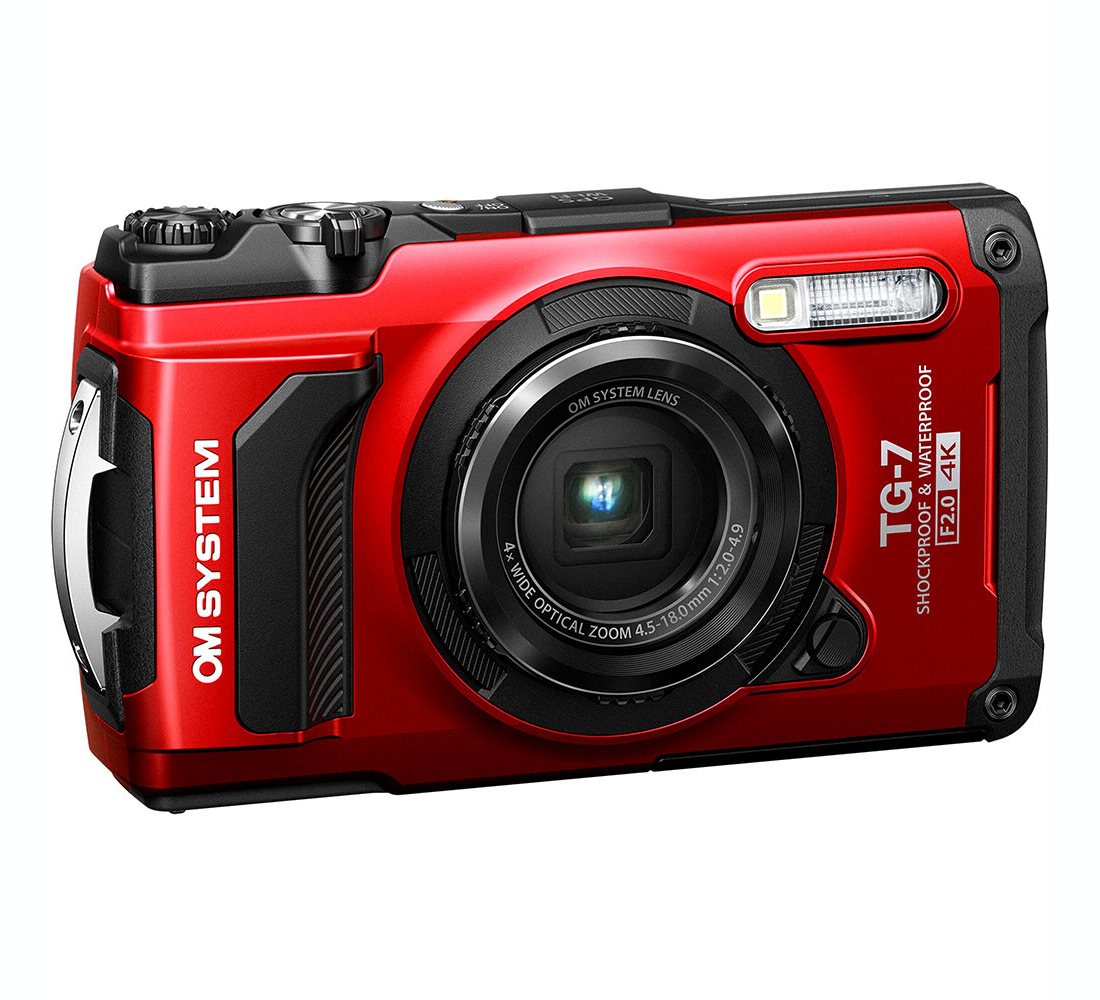 OM System TG-7 Waterproof Tough Camera - Olympus
OM System TG-7 Waterproof Tough Camera - Olympus
- Price A$ 789.00
-
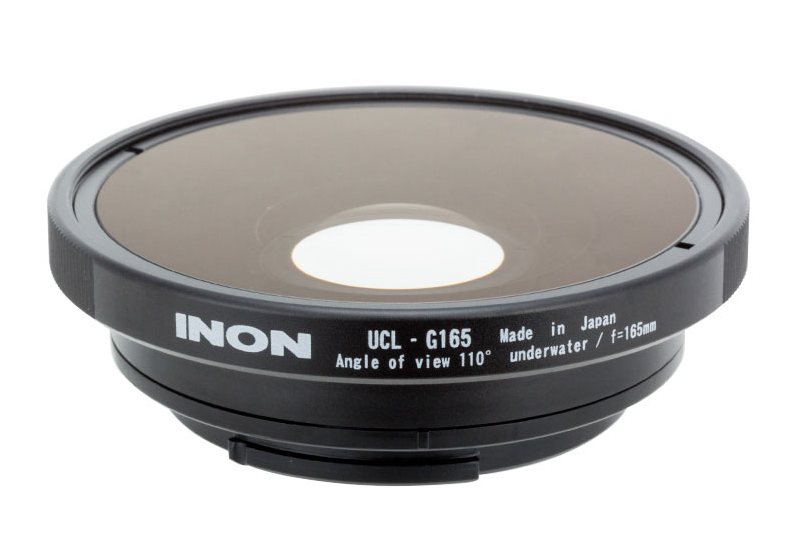 Inon UCL-G165 SD Underwater Wide Close-up Lens
Inon UCL-G165 SD Underwater Wide Close-up Lens
- Price A$ 329.00
-
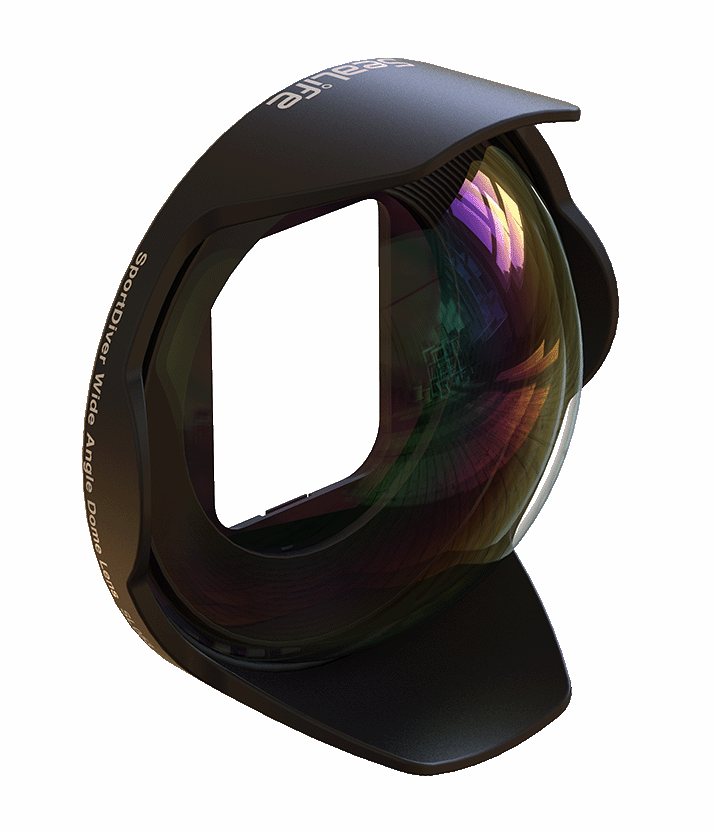 Sealife 6” / 15cm Wide Angle Dome Lens for SportDiver
Sealife 6” / 15cm Wide Angle Dome Lens for SportDiver
- Price A$ 349.00
-
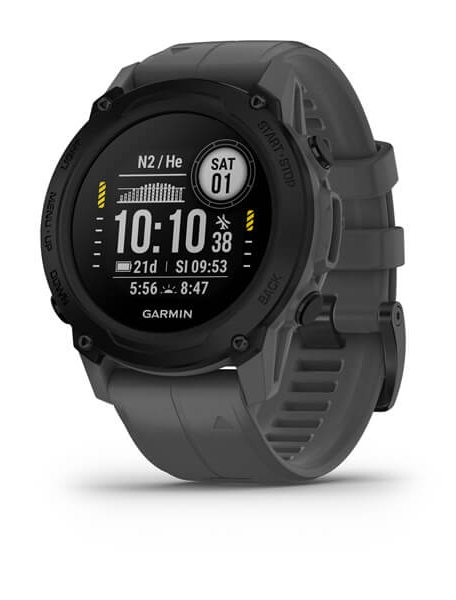 Garmin Descent™ G1
Garmin Descent™ G1
- Price A$ 829.00
-
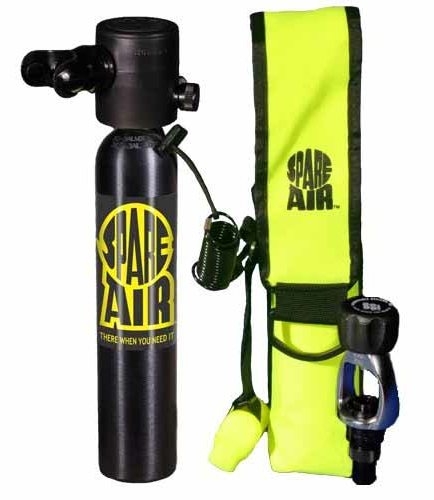 Submersible Systems Spare Air Pack - Model 300 - 3cuf
Submersible Systems Spare Air Pack - Model 300 - 3cuf
- Price A$ 479.00
-
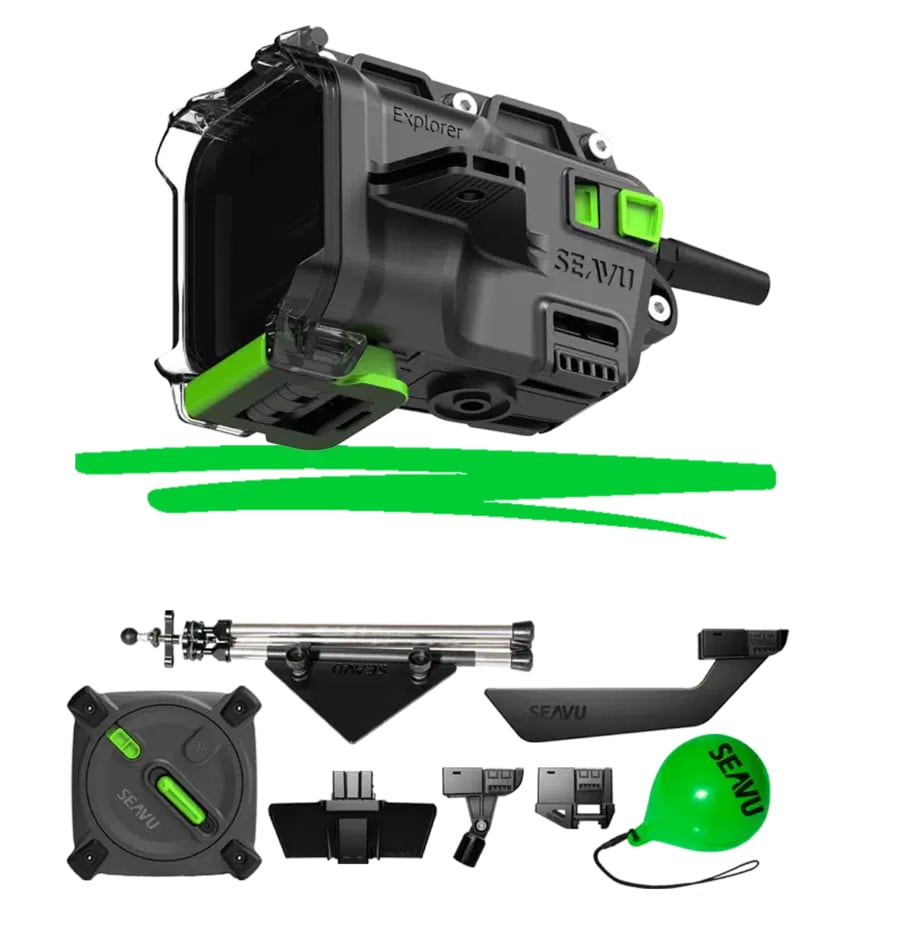 Seavu Explorer - Full kit
Seavu Explorer - Full kit
- Price A$ 2,449.00
-
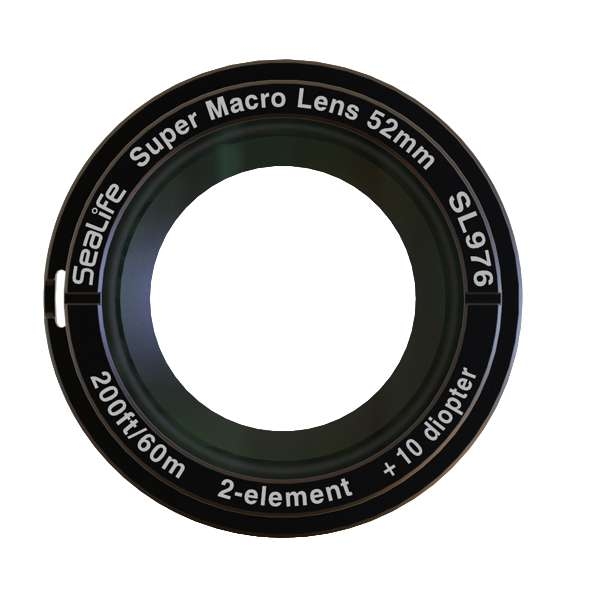 Sealife DC-Series Super Macro Lens
Sealife DC-Series Super Macro Lens
- Price A$ 229.00
In the Directory



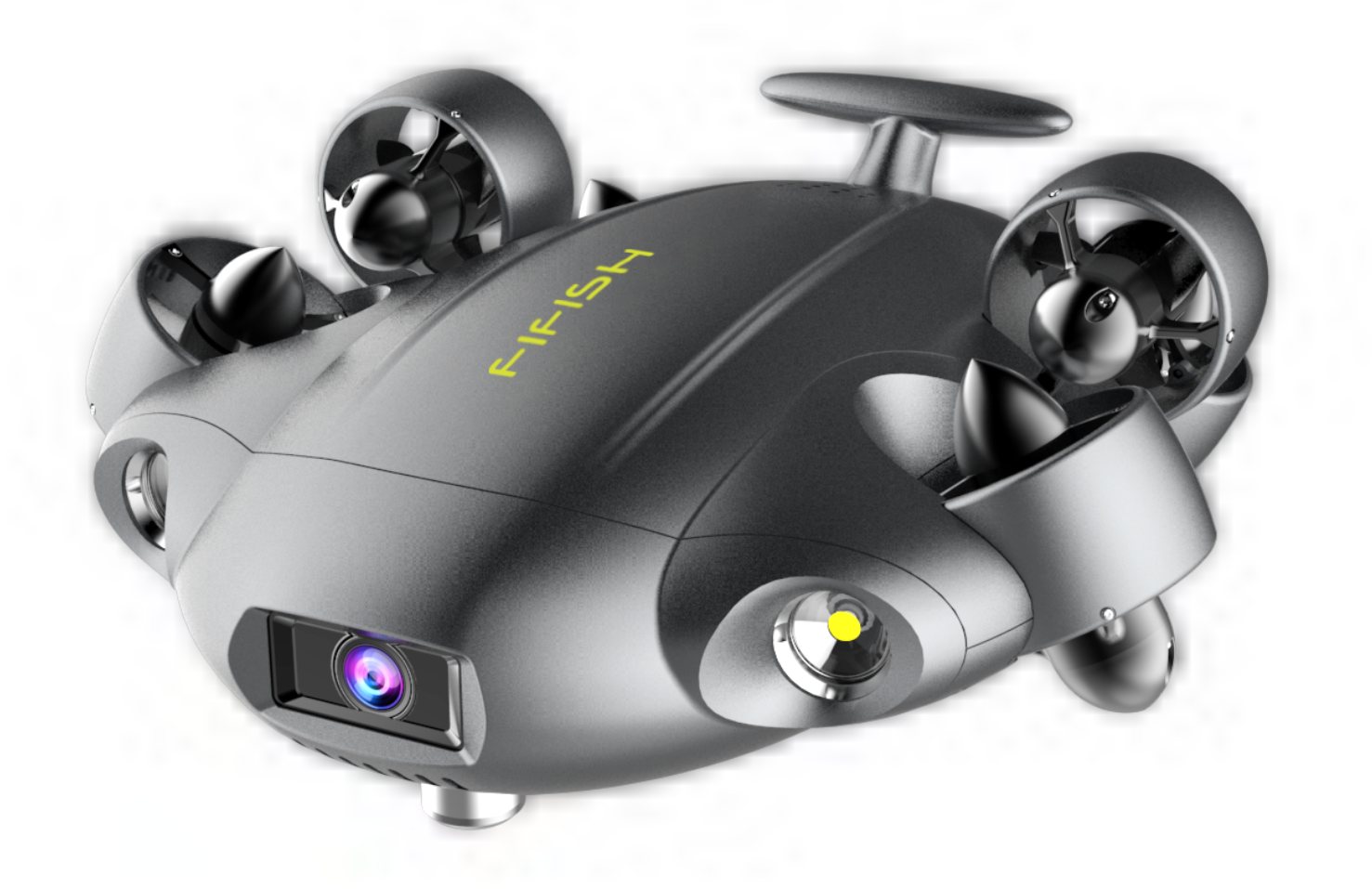
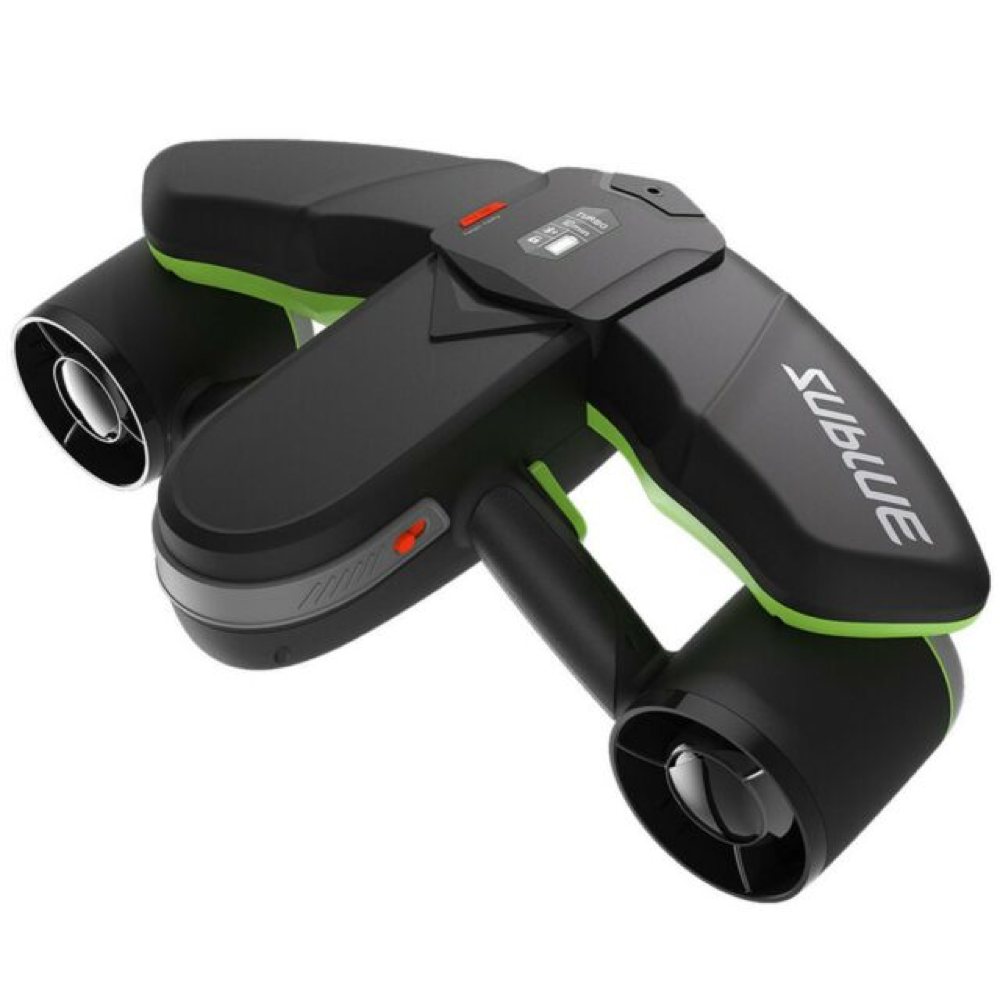
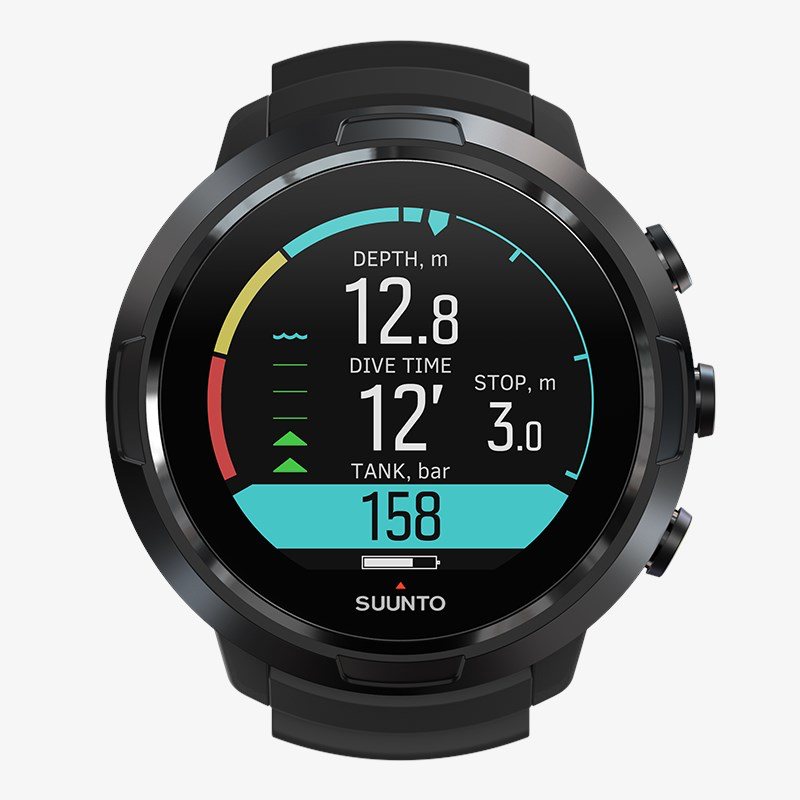
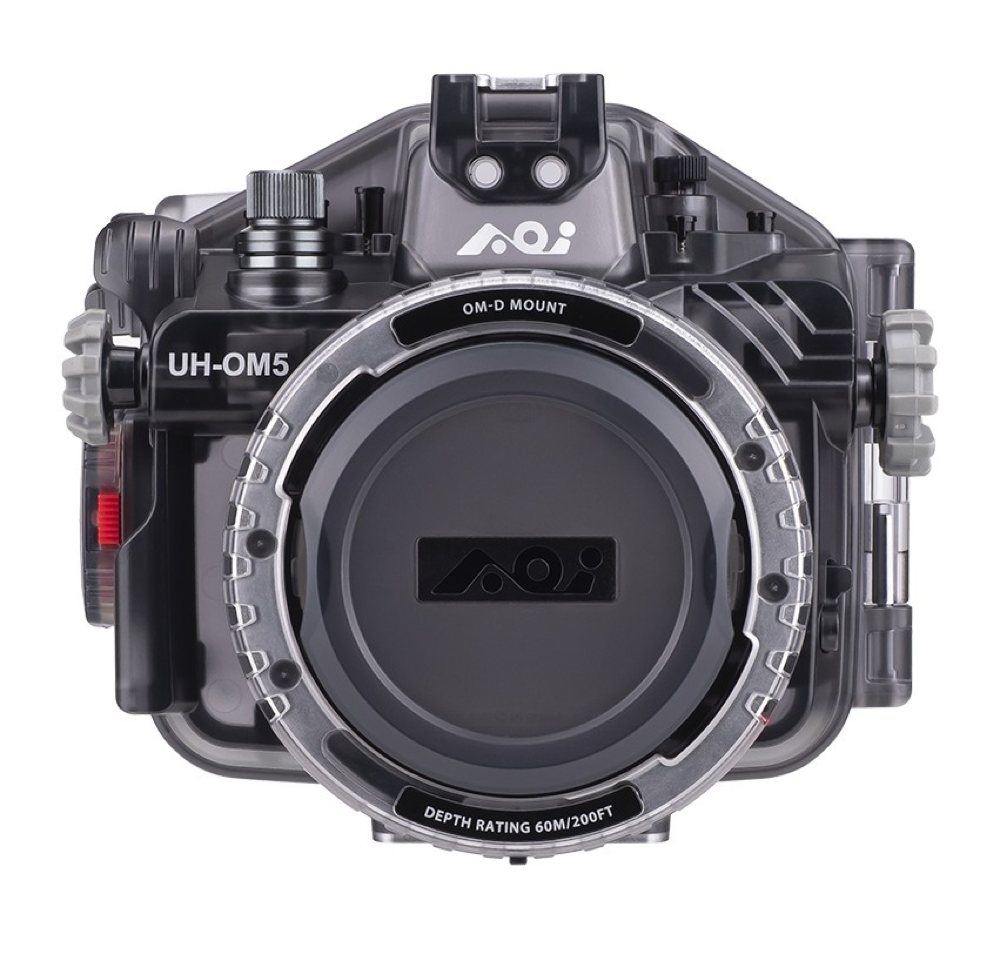
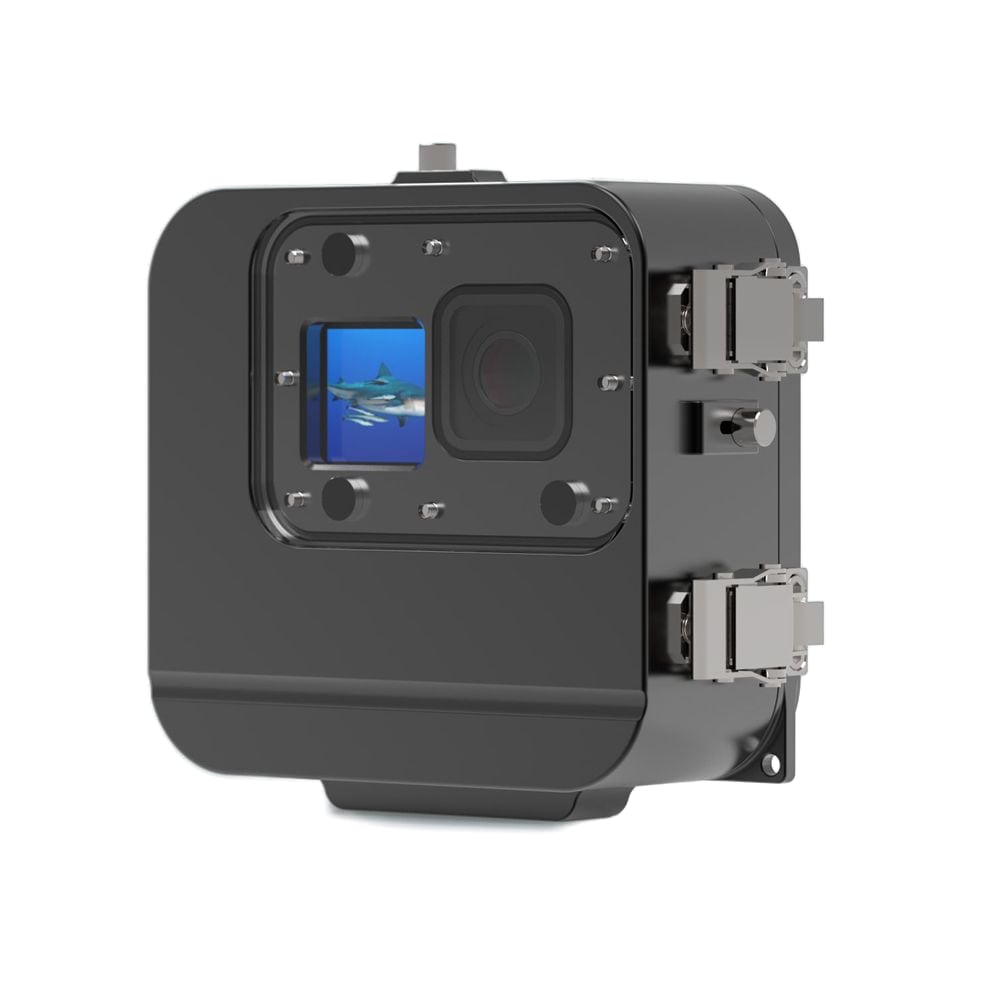
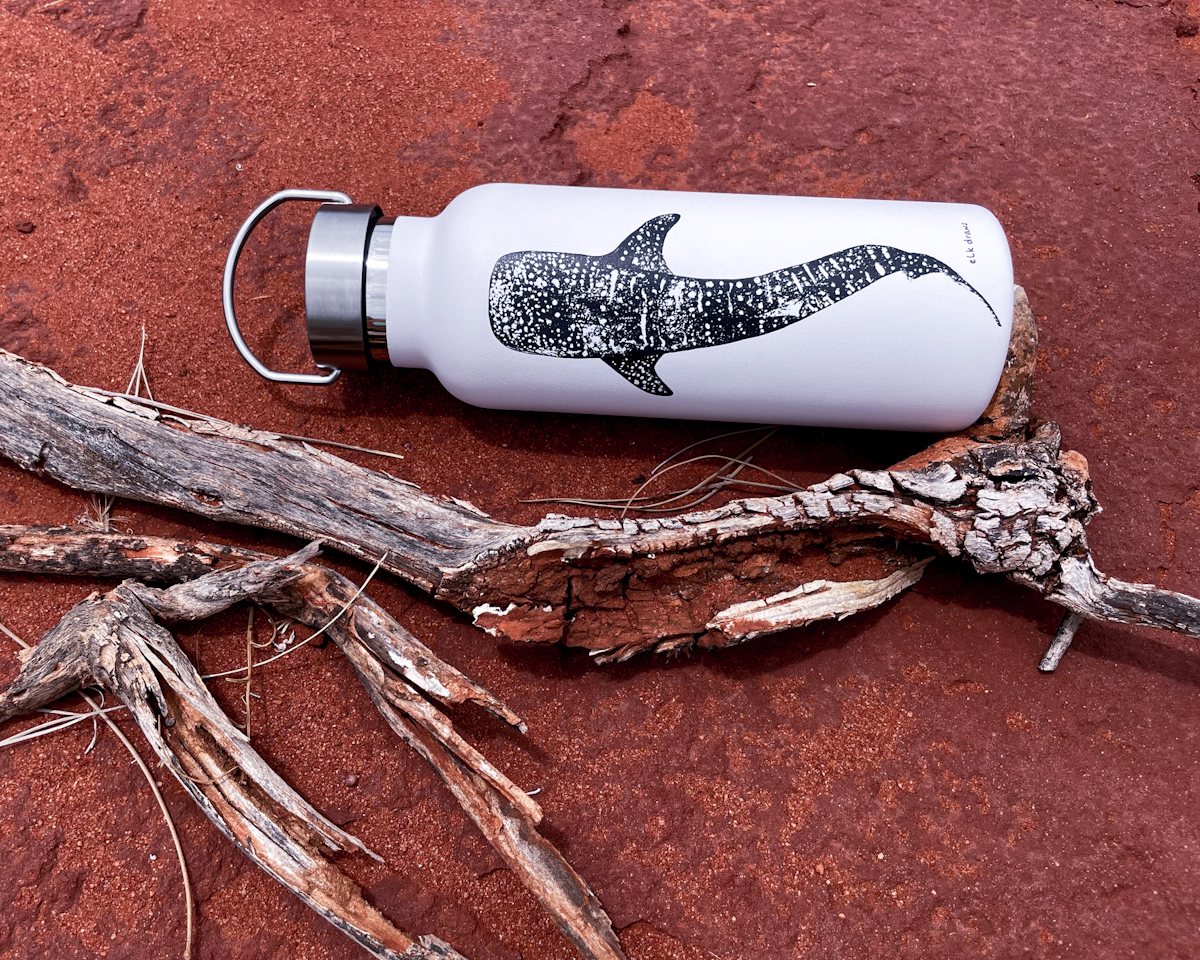
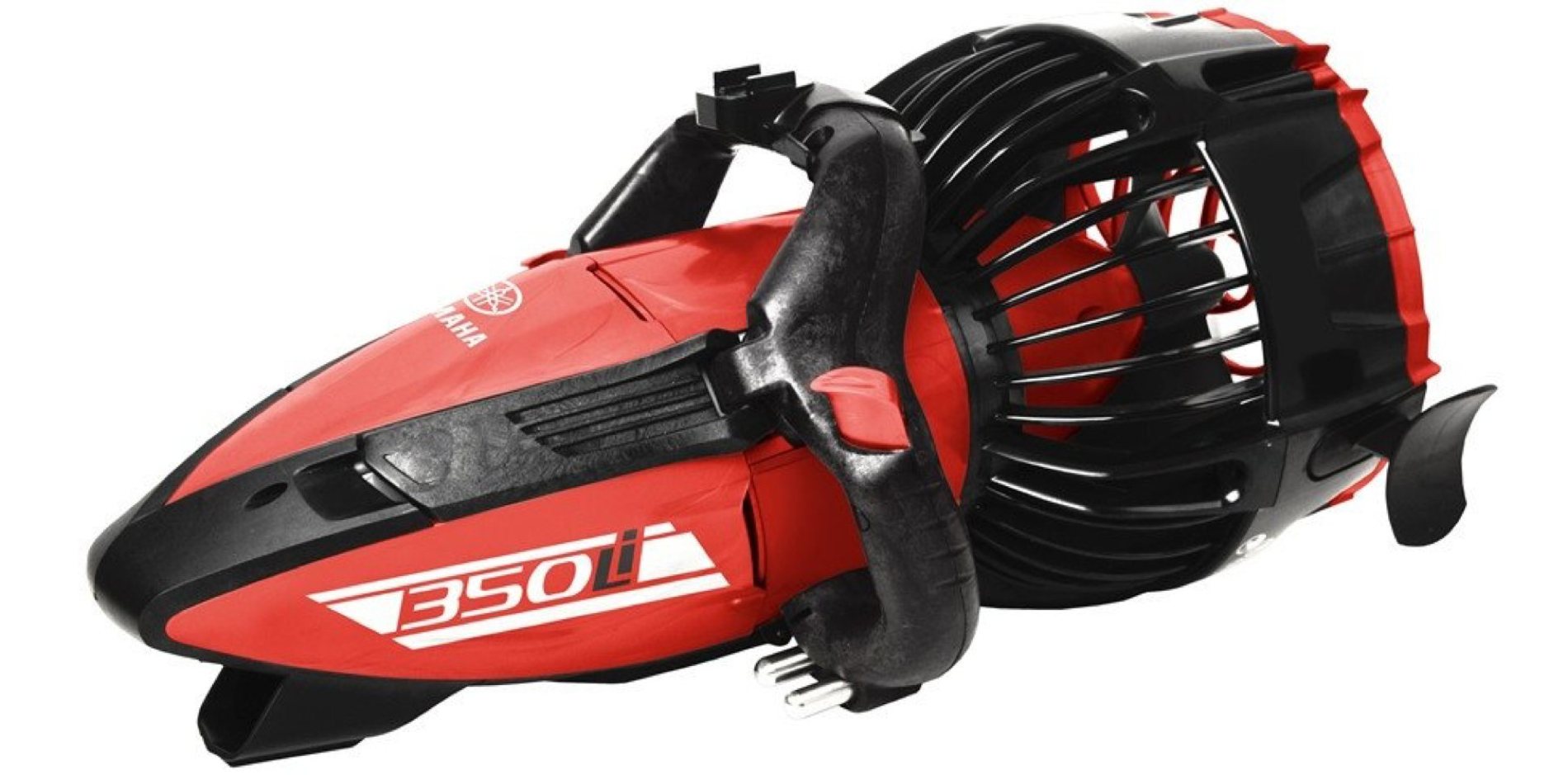



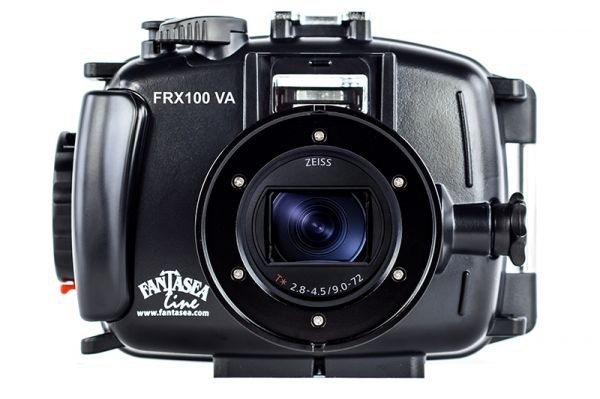 Fantasea FRX100 VA Vacuum Underwater Housing for Sony RX100 III / IV / V / VA
Fantasea FRX100 VA Vacuum Underwater Housing for Sony RX100 III / IV / V / VA 

